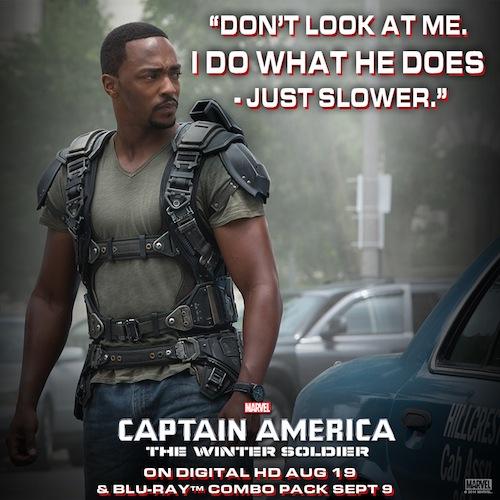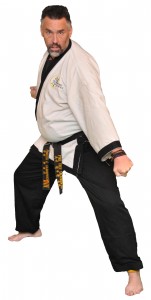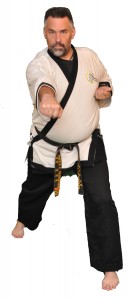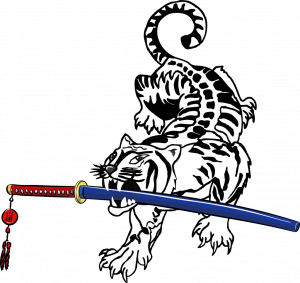Often, when watching highly skilled athletes, we see amazing skills. Usually, though, what we think we saw is not what happened. Seidokan Aikido founder, Shihan Roderick Kobayashi, regularly stated that “advanced techniques are basic techniques made simpler.”
The problem is that beginning and intermediate students intellectually understand the thought but don’t connect the concept when they see really cool techniques done. They spend time trying to mimic the really cool version instead of working on their basics to develop their own really cool version.
The problem of working on really cool versions of techniques is that usually the student doesn’t understand the movements that were applied to still make the technique correct and effective. The obvious things like age, athleticism, intellect and even sex will make a big difference on how a technique looks while being done. This is painfully noticeable when watching USA Haidong Gumdo Association Senior Chief Master Marshall Parnell demonstrate techniques compared to mine. Don’t get me wrong, I’m very happy with what I can do but he is 12 years younger and hasn’t had total replacement of both hips. This all good, though, as my job is to understand what he is doing and not to do it like he does. The picture below sums it up well.
 Now, with all that in mind, the things that are included in this understanding can be just as elusive. At one seminar, Master Parnell commented that (within a pattern) his upward cut started “behind his back” and most of us got confused. Since we’ve worked hard to have cuts start with the pommel pointed toward the target (which lines up with the direction the knot of your belt points), his comment seemed off base. He was completely correct, though, as you watched his posture setting up the cut. The sword was “behind his back” because he was now turned to the side while the sword moved to the starting point of the cut. When he started the cut, he now turned to the target as did the pommel and everything was again as we train to do it.
Now, with all that in mind, the things that are included in this understanding can be just as elusive. At one seminar, Master Parnell commented that (within a pattern) his upward cut started “behind his back” and most of us got confused. Since we’ve worked hard to have cuts start with the pommel pointed toward the target (which lines up with the direction the knot of your belt points), his comment seemed off base. He was completely correct, though, as you watched his posture setting up the cut. The sword was “behind his back” because he was now turned to the side while the sword moved to the starting point of the cut. When he started the cut, he now turned to the target as did the pommel and everything was again as we train to do it.
Another example is the non-functional hand chamber from my Taekwondo. During patterns, that hand often is pulled back with the fist against the ribs. This ending position is the result of the power generation of, usually, a block. Why is this position correct, though? Because as I start to advance with a counter punch, my hips turn forward and allow the chambered hand to now be on target.


These positional changes need to be understood before trying to make techniques work. Since everyone will move slightly different as based upon the traits listed above, you cannot use someone else’s movement as the guide to how a technique should be done.
Your job as a student is to learn “what” you are doing because the ‘how” will be more guidelines that make sense of techniques and not the literal “how”.
One of my pet peeves in questions are “is it like this or like this?” and the difference between the two is about a half inch foot movement. The other version is “I saw you do [blank], should I do it that way?” This one comes up often in regard to stances. The younglings mimic my stance without remembering that I’ve had both hips replaced and can’t do it any better. They usually give me strange looks when I tell them that their stance isn’t low enough. Go figure.
Spend your time working to understand what you are doing! Without that, you are wasting your time while dancing around.
Author: Master Robert Frankovich
As you read and enjoy the posts on this site, please consider “sharing” them! The “likes” help generate additional readership but “sharing” will help even more! Thank you for your assistance!
If you have questions, please feel free to contact me!


